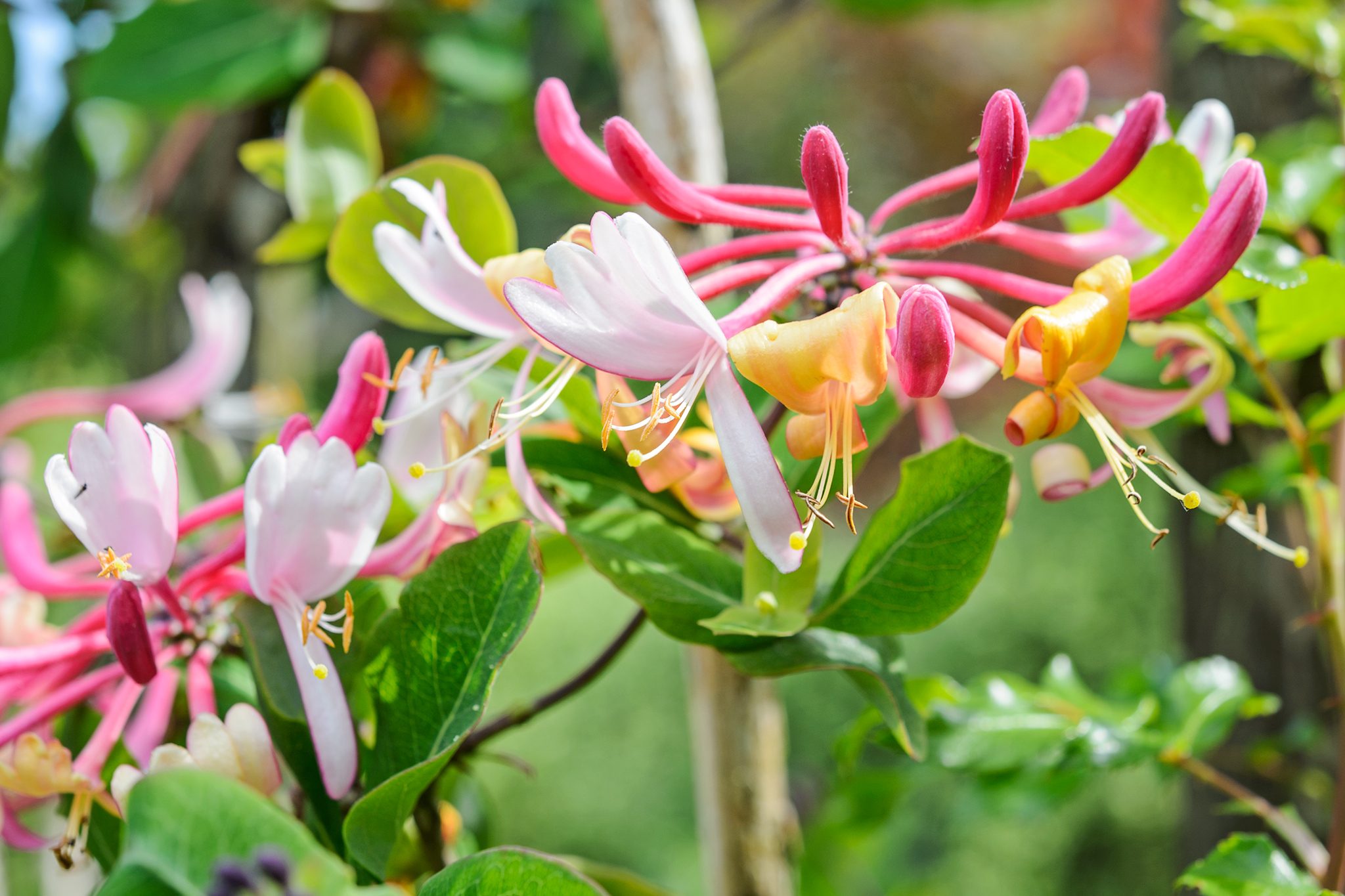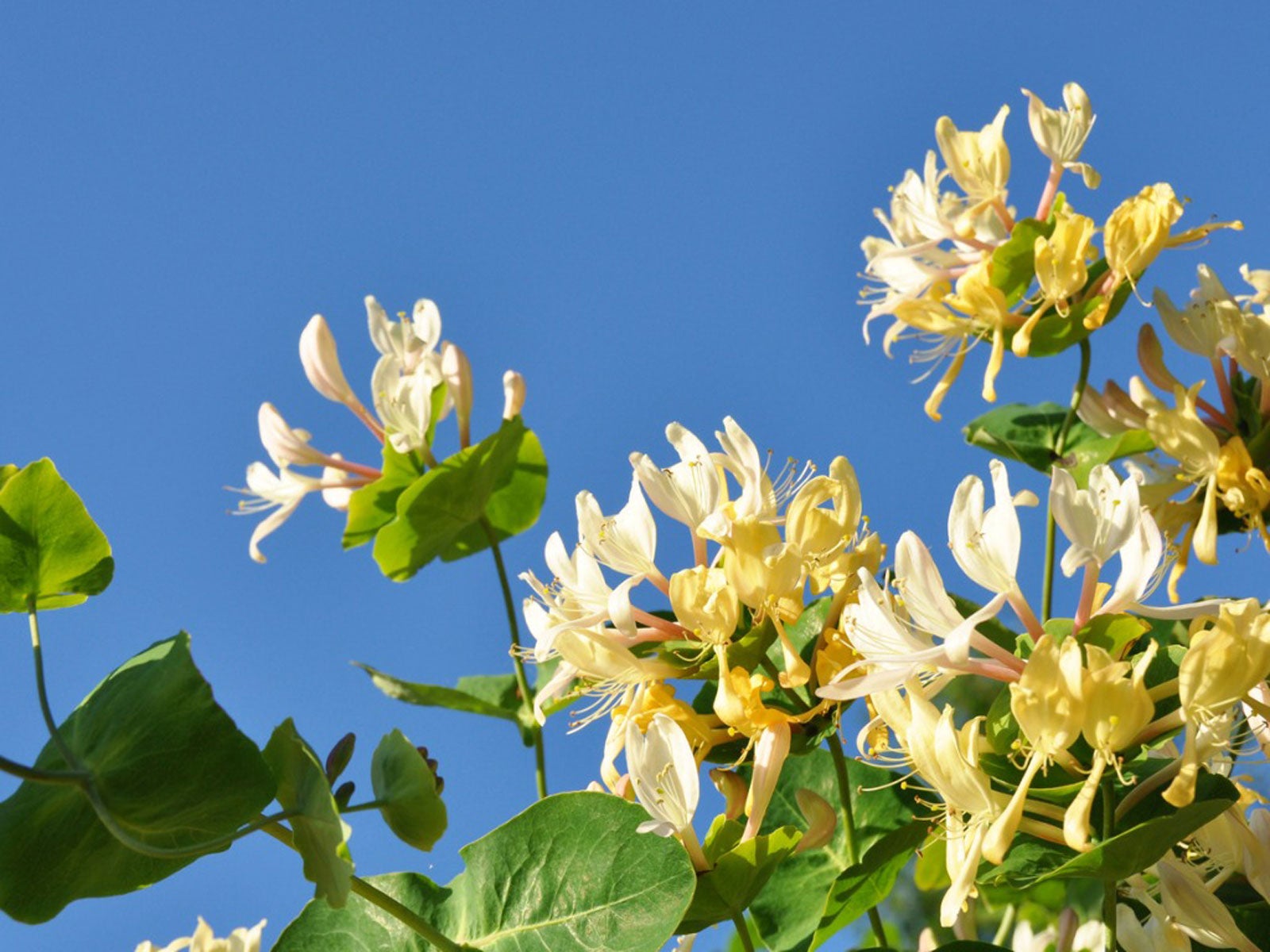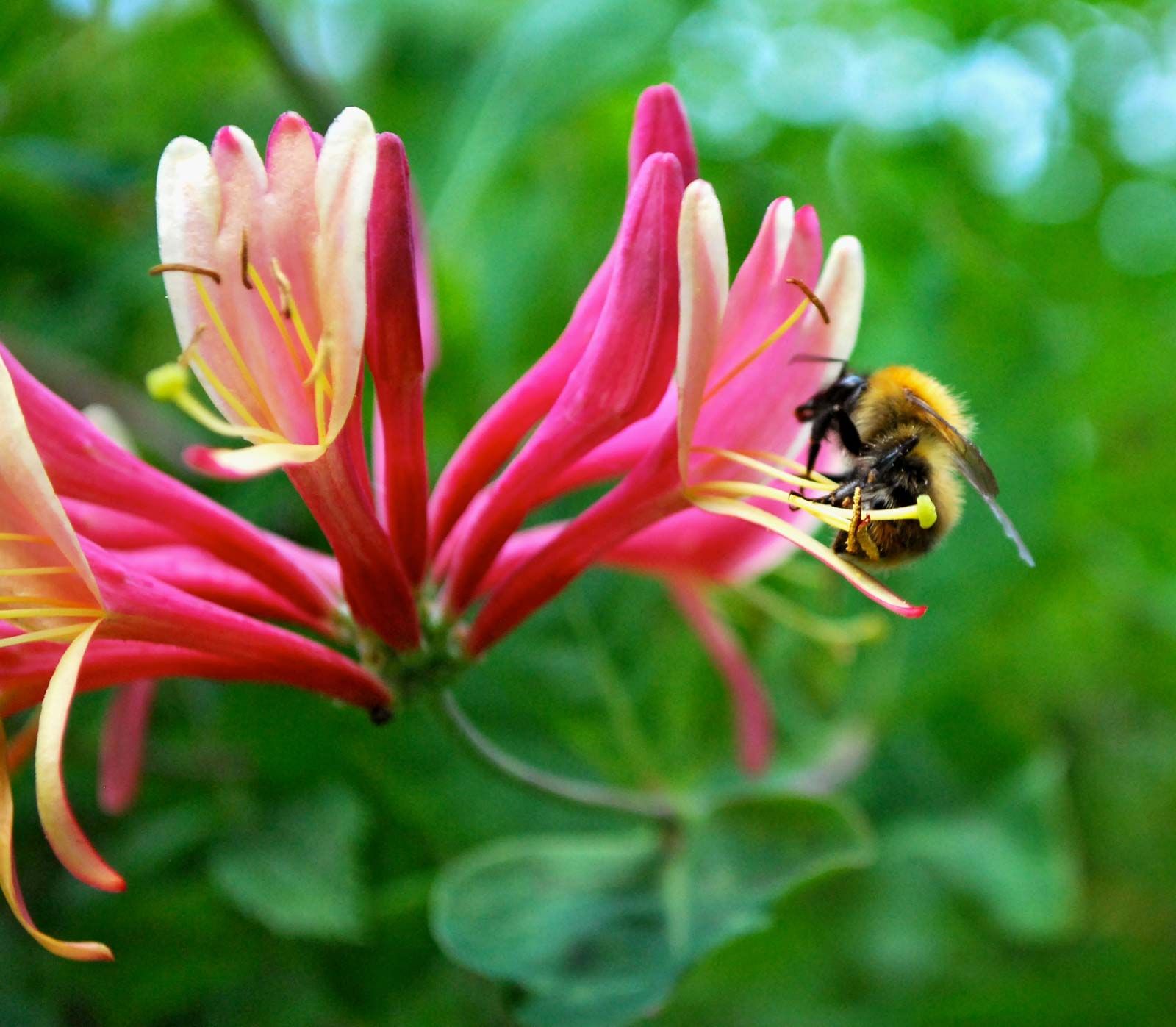There are many different types of honeysuckle, some of which have lovely fragrances that may assist them draw in a lot of bees, hummingbirds, caterpillars, and butterflies, while others are excellent at surviving in challenging environments. Most common climbing plants are vine-based and can be trailed to scale walls and trellises. Let’s discuss some of the issues that honeysuckle plants are currently facing. I have also offered a solution.
Aphids, armored scales, and caterpillars are just a few of the pests that can cause problems with honeysuckles. Disease is not an issue, however it can be impacted by canker and powdery mildew. You will be using pesticide or insecticidal soups to get rid of them in order to solve this. However, the main reason you should take care of honeysuckle is to prevent illness and pest infestation. I have offered each difficulty with its appropriate solution. Continue reading.
Table of Contents
Pests
The likelihood of pests attacking honeysuckle is low, and let me tell you, our plant is flourishing. As a result, the harm they did is being repaired by new growth. Still If you have a large garden and some plants that experience insect problems frequently, the problem can easily spread to other plants if it is not resolved.
Aphids
They resemble cockroaches in that they are small, little monsters with thin legs. I have typically seen them in green, where they will be sitting on leaves without drawing attention to themselves. They also come in pink, black, and brown colors.
They consume the leafy or viney parts while sucking the sap, which is present on all trees and plants. As a result of their infection, the leaves on that branch may shrink, wilt, turn yellow, and/or die, which may inhibit further growth.
In general, plants will produce much fewer flowers and grow more slowly. Always make an effort to search for any infestation in the leaves portion. Spraying water three times a day will eliminate the issue if there are just a few pests, but if there are larger groups, you’ll need to use insecticidal soap every three days until the problem is resolved. Pyrethrum spray will get rid of these bugs if that doesn’t address the issue.
Aphids also won’t attack the woody stem that develops over the course of a winter; rather, they’ll target the new growth that appears each spring.
protective scales
They are unsightly bugs that are often brown, yellow, or dark black in color. They have stripes all over their bodies and resemble miniature tortoises. Though they can only really destroy a small portion of the things there, they will attack the honeysuckle.
Use an insecticide or pesticide to treat scale and aphid problems.
Here is a pesticide I advise using:
Caterpillars consume a lot of food; they originate from the leaf part. The nice thing about them is that you can simply get rid of them by removing them from the plant or by spraying the plant with molasses (one spoon) or crushed garlic (three), detergent, and water.
Diseases
Canker
It is a problem brought on by bacteria or fungus that destroys the tissue within the stem’s woody portion or commonly occurs on the stem. You might witness stems becoming brown or a section of a sprout breaking through the outer covering, and you might have noticed scars on these typically large trees as they age. This can occur for a number of reasons, including when something strikes it and causes a wound, when containered instruments are used, or when rainwater creates the ideal habitat for the growth of fungus. Simply trim the affected area by a few inches to remove the canker. Remove the entire plant if it is infected if the entire plant is getting them. To prevent the spread of any disease, always use sterilized pruning shears and keep your garden clean frequently.
Particle Mildew
It can also occur as a result of fungus infections, which spread white power across the plant’s leaves and other parts. Closely spaced vines are more susceptible to this, which can harm honeysuckle leaves. Then they may drop. Leaves may shrink and turn brown. Weather conditions that are warm, dry, or humid may cause this issue to arise. Use a fungicide for that and spray a solution of sulfur once per week or two until you notice the plant improving and no trace of powdery mildew.
This is the fungicide that I would advise you to use.
Climate/ Soil Based Problems
Poor soil can impact honeysuckles, and they will also suffer if they are placed in an environment with excessive darkness or poor lighting. Some types prefer warm, hot temperatures, while others simply love the partial shade. Heavy sunshine can cause leaf burn in some varieties. If you place them in shadow instead of sunlight, they may also get leggy and stop flowering. In order to avoid nutritional deficiencies, which result in pale or yellow leaves and make it difficult for plants to thrive, soil should have a neutral pH and not be overly acidic. Instead of merely clay soil, you should also have a mix of fertile soil that drains properly, since this will prevent rotting.
The Care, Propagation, Pruning, and Sale of Honeysuckle Vine (Growing Guide)
Most Searched Questions:
If too much water is used, honeysuckle may have root rot and eventually die. In this case, you may notice tiny or falling leaves. If the plant didn’t experience leaf wilt and drop, iron or nitrogen shortage is thought to be the cause of yellowing of the leaves. This plant is susceptible to insecticide since it is considered to be invasive.
Honeysuckle leaf problems
There are a few issues with honeysuckle leaves, including yellowing caused by nutrient deficiencies. Another problem is leaf blight, which can be caused by fungus infections and is treated with fungicide. You may note that a piece of the leaf becomes covered by the brown leaf before the yellow leaf finally takes over the entire leaf. The leaf appears lifeless, dried out, and discolored.
Honeysuckle leaf blight treatment
The best course of action is to prevent leaf light issues by not overwatering. You should also remove any leaves that have a fungal infection so they don’t fall to the ground. Fungicide that works and seals pot holes can cure the problem of honeysuckle leaf blight. Check the soil to see if it is well-drained; roots need air movement.
Honeysuckle flower problems
All of the issues affecting honeysuckle, such as powdery mildew, cankers, leaf yellowing, fungal infection, nutritional deficiency, other pests, overwatering, underwatering, winter dormancy, fungicide and pesticide, avoiding insecticide, and pruning that can address a number of issues, have been discussed.
Honeysuckle gone woody
As a warm-season plant, honeysuckle prefers to grow in the spring or summer. When they go dormant in the winter, their stems turn woody, which means they become hard. This stem can no longer grow in length, but it can continue to get wider as the plant ages. Don’t worry; the plant will grow and prosper because it didn’t impact the plant as a whole.
Honeysuckle problems no flowers
To start, make sure you are watering and maintaining moisture, as roots require both. Give shade to the base of the roots and sun to the stem. If the flower didn’t bloom in the spring, give it a mild pruning and repeat the process the following year. Use fungicide and insecticide to check for aphids and fungal infections and eradicate them.
Read :
Honeysuckle varieties and types of flower blooms
Canines are honeysuckle poisonous?



